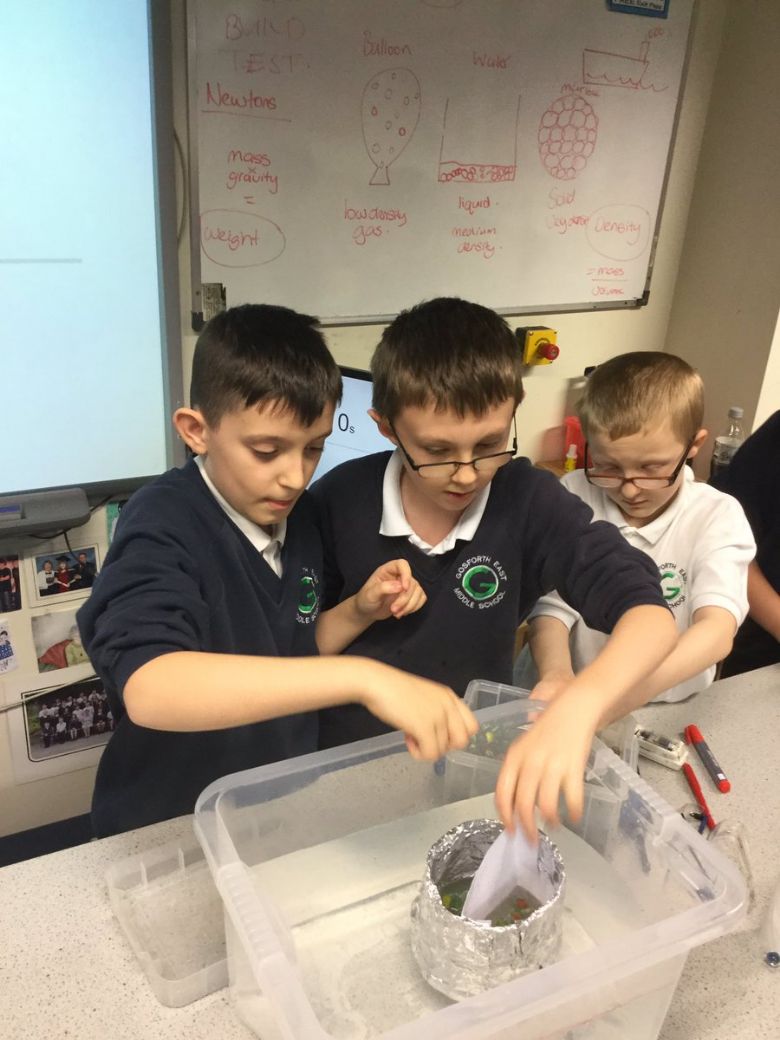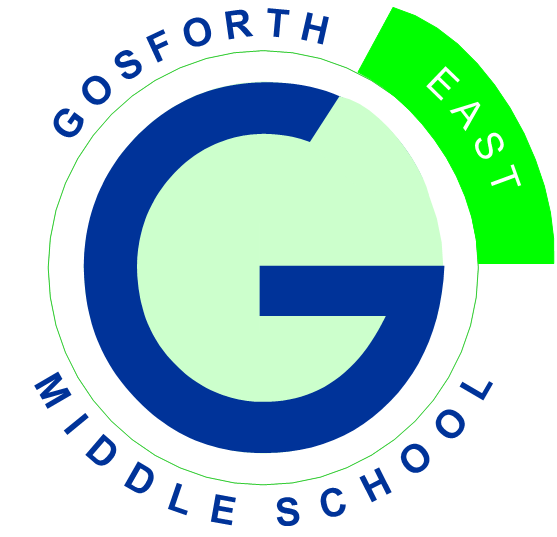Maths

Year 7 Learning about Buoyancy
Curriculum Intent
Here at GEMS, we stand by our Ethos ‘In the Pursuit of Excellence’, which is embedded in our maths curriculum. We fully support that everyone can achieve great things. By following the ‘4Rs’ in maths, all our students are encouraged to become resilient, resourceful and reflective learners who work together as a team. Mistakes are viewed as learning points, not failures.
Our Maths Intent
- Become fluent in the fundamentals of mathematics, through varied and frequent practice of increasingly complex problems over time. Thus, allowing pupils to develop problem solving skills, deepen understanding, and further their ability to recall and apply knowledge quickly and confidently, both in familiar and new situations.
- Become confident readers of mathematical problems, allowing exploration of different strategies, allowing students to apply their preferred methods to reason and solve problems accurately.
- Reason mathematically, conjecture relationships and develop an argument confidently. Discuss and question to aid understanding.
- Apply methods to solve problems to routing and non-routine questions, including breaking problems into smaller steps and persevere in finding the solutions.
Our students recognise that when they are willing to invest effort and time in mathematics and persist at trying to solve problems, they are able to see their progress and celebrate it.
How students are supported in Maths
Teachers are responsible for the progress of ALL students in their class and high-quality teaching is carefully planned to include supporting students who may have SEND. All students are challenged to achieve to the best of their ability, to make good or outstanding.
Specific approaches which are used within the curriculum areas include:
- Targeted and well-thought-out seating plans
- Considered and tailored use of ICT
- Tailored pictorial resources used
- Recall tasks tailored to the individual needs
- Focus on individual student needs when planning interventions and directed LSA support
- Appropriate levels of scaffolding provided
- Ensuring resources are suitable for individual learning needs such as overlays
- Group work and discussion
- Clear teacher/student communication including quick feedback
- Targeted and well-thought-out questioning techniques
- Feedback that allows all students to make progress, whether written or verbal
- Tailored pace when moving between concrete and abstract concepts
- Using strategies best suited to addressing individual needs
Assessment
Year 5 - half termly White Rose Assessments
Year 6 – half termly SAT practise Assessments
Year 7 – Termly AQA year 7 tests. Topic tests at the end of a unit.
Year 8 – Termly AQA year 8 tests. Topic tests at the end of a unit.
Enrichment Opportunities
Resources to support (including weblinks/apps etc)
https://ttrockstars.com/
https://login.mymaths.co.uk/login
https://corbettmaths.com/
https://www.mathsisfun.com/
https://www.iamlearning.co.uk/my/login
Curriculum Overview
| Autumn | Spring | Summer | |
| Year 5 |
|
|
|
| Year 6 |
|
|
|
| Year 7 |
|
|
|
| Year 8 |
|
|
|
